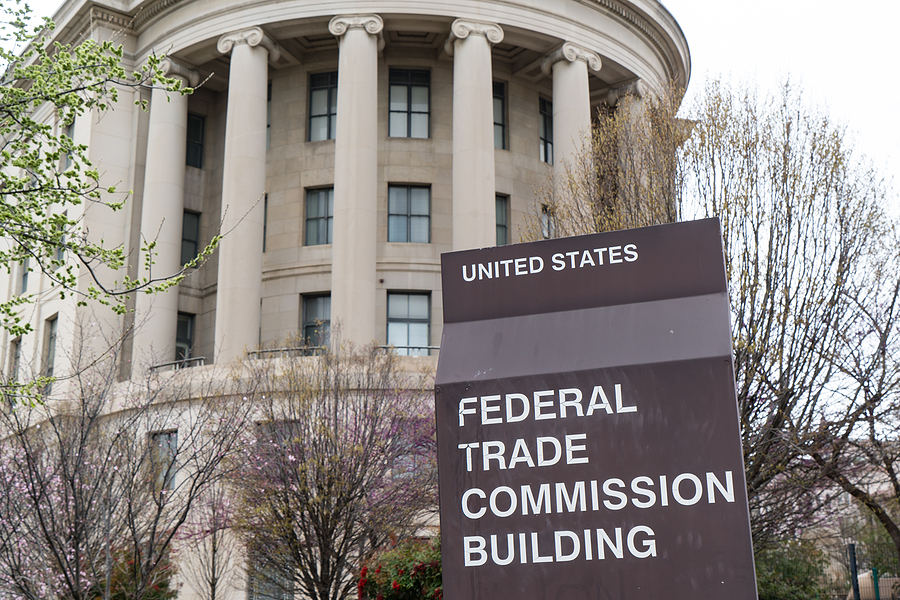
Streaming Wars: How the Pandemic Has Changed How We Watch and Subscribe to TV (Part 2 of 2)
In Part 1 of “Streaming Wars,” we talked about how the pandemic has impacted the viewing and subscription habits of American viewers. This week, we take a look at the data, including tests and trends, and we consider the future of streaming. Rameez Tase, CEO and co-founder of ANTENNA, a measurement and analytics company for subscription businesses, helped us analyze the numbers and make sense of it all. Trends – COVID-19-related sign-ups In the early days of the pandemic, streaming services expe...
HELLO!
This premium article is exclusively reserved for Subscription Insider PRO members.
Want access to premium member-only content like this article? Plus, conference discounts and other benefits? We deliver the information you need, for improved decision-making, skills, and subscription business profitability. Check out these membership options!
Learn more about Subscription Insider PRO memberships!
Already a Subscription Insider PRO Member?
Please Log-In Here!
- Filed in Auto-renew Subscription, Business Strategy, Consumer Services, Data and IoT, Entertainment and Streaming, Free Subscription, Freemium, News, Paywall, Product Development, Research and Benchmarks, Revenue and Sales, Subscriber Acquisition, Subscriber Only, Subscriber Retention, Subscription Apps, Subscription Business Marketing









